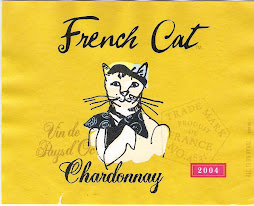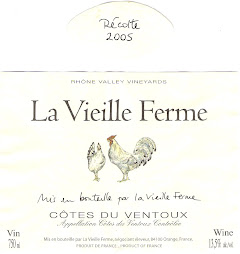The nicely chilled Tavel was very tasty out of the bottle. It can stand up to heavier dishes than we had this evening. It can also stand up to being sipped by itself, especially in the hot days of August. It is refreshing and tastes of lovely fruit, slightly tangy on the tongue. This wine was a little more expensive than I normally have, but it is a Tavel, and I am making an exception. It is still fairly cheap.

Our chicken was marinating in miso, soy sauce, and orange juice. Amazingly, NO GARLIC! I don’t think that we have had a chicken, and much else, ever, with no garlic (once, we actually had too much garlic! We were astounded!). It was grilled over charcoal, and became slightly blackened. But, it was wonderfully tender and flavorful. Really, how chicken should taste. This half chicken was from Lotte Plaza and the second half of a whole. We had frozen it. It thawed in its marinade.
We had potatoes, cut in half and grilled/baked. They were a nice compliment to the chicken.
This meal was just yummy. We sat down and just ate. There was no chatter, in fact we didn’t even think to talk about the wine until dinner was nearly consumed. But, the wine by then was mostly gone. It just was an excellent component to a wonderful meal. The chicken tasted more chickeny with the wine and the wine refreshed us in every sip/gulp.
This wine is a must in the warm summer. It will give you a smile.












